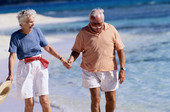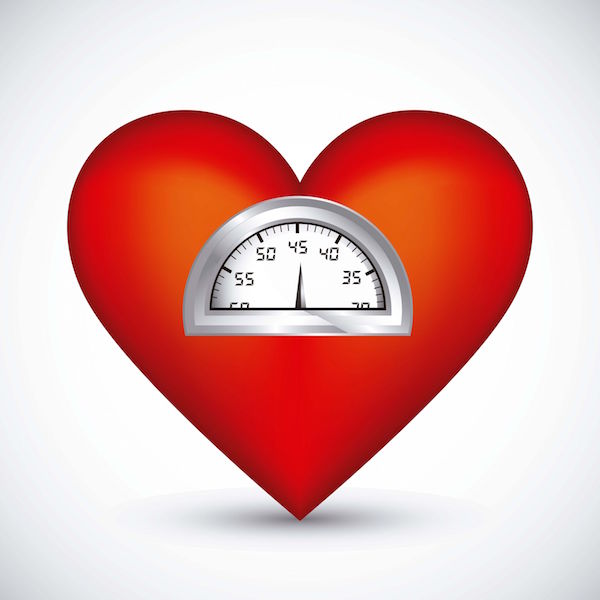
THURSDAY, March 7 (HealthDay News) — Regular walking helps improve stroke survivors’ physical fitness, mobility and quality of life, according to a new study.
It included 128 adult stroke survivors in Jamaica who did either brisk outdoor walking three times a week for three months, or received therapeutic massages and no supervised exercise.
By the end of the study, the walking group had a nearly 17 percent improvement in quality of life based on physical health, walked almost 18 percent farther in a six-minute endurance test and had a 1.5 percent lower resting heart rate. The massage group’s resting heart rate was nearly 7 percent higher, according to the study appearing March 7 in the journal Stroke.
“Walking is a great way to get active after a stroke. It’s familiar, inexpensive and it’s something people could very easily get into,” lead author Carron Gordon, a lecturer in the physical therapy department at University of the West Indies in Jamaica, said in a journal news release.
“Walking can help control blood pressure, reduce lipid or fat levels and help with weight control — all cardiovascular risk factors. So doctors should encourage it for patients who have had a stroke,” Gordon added.
She said that many stroke survivors lack energy and are afraid of falling while walking, which leads them to withdraw from social and routine activities such as visiting friends and family, buying groceries and going to church.
Initially, the stroke survivors in the walking group were supervised by instructors during their walks. Eventually, family members or friends walked with the stroke survivors, until they were comfortable walking alone.
The men and women in the study had suffered a stroke six to 24 months before the study and could walk independently with or without a cane. Their average age was 64.
Most of the patients in the study were black Jamaicans, but similar results could be expected in any ethnic or cultural group, Gordon said. However, that’s not the case for patients with more severe stroke effects or those unable to walk independently.
Most people should get at least 150 minutes per week of moderate exercise or 75 minutes per week of vigorous exercise, or some combination of both, according to the American Heart Association. Stroke survivors should get 20 to 60 minutes (depending on fitness level) of aerobic exercise three to seven days a week, the association recommends.
More information
The U.S. National Institute of Neurological Disorders and Stroke has more about rehabilitation after a stroke.

